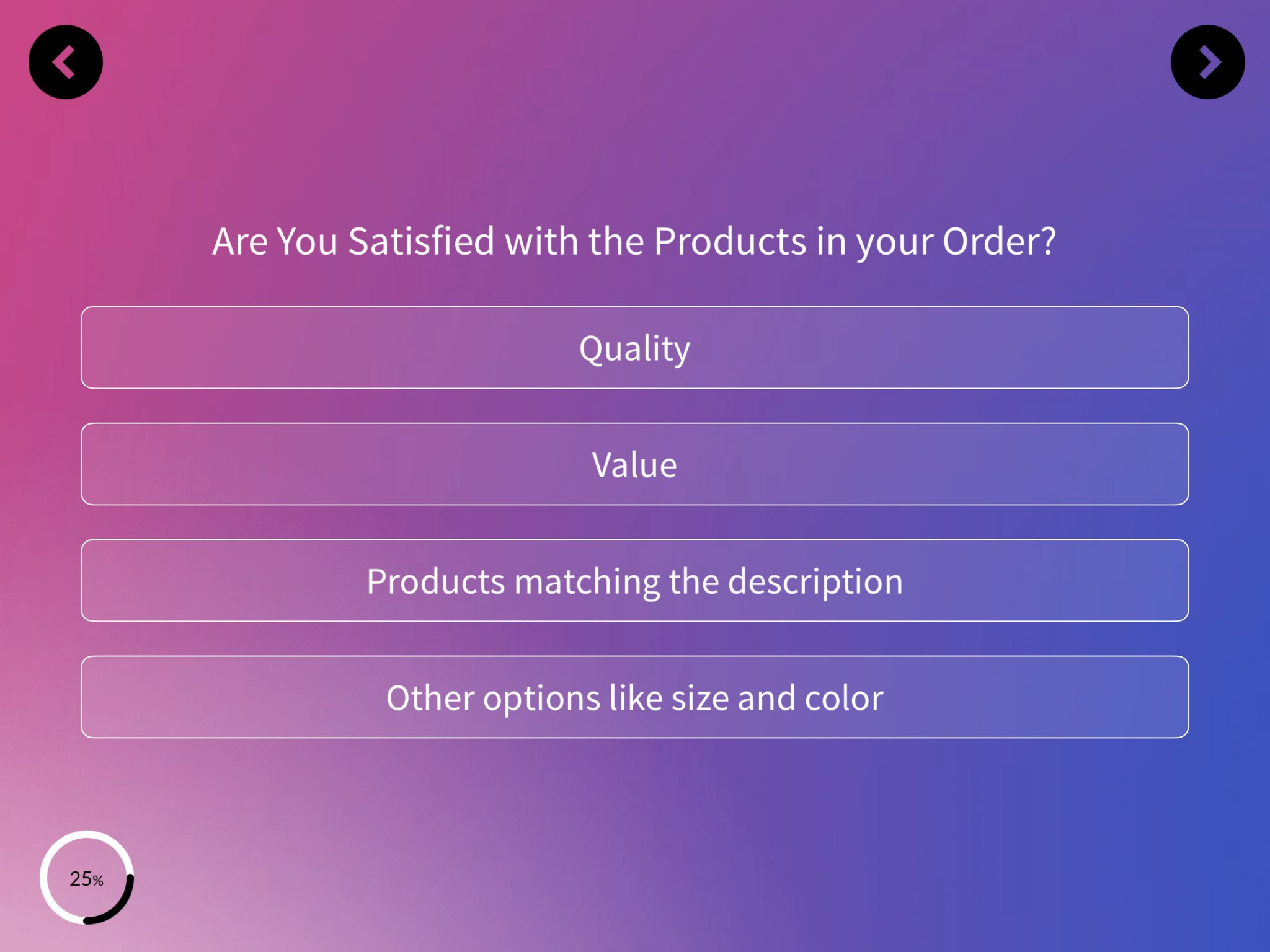Table of Contents
Are you familiar with the concept of a dark marketing funnel? It’s the hidden part of the sales process that often goes unnoticed and unoptimized by marketers, but holds immense potential for generating leads and increasing brand awareness.
Unlike traditional funnels, which are easily trackable, the dark funnel consists of channels such as word-of-mouth, brand mentions on not-owned platforms, community conversations, media mentions, and more. These channels are difficult to attribute or measure using conventional analytics tools. However, there are strategies you can employ to improve tracking and attribution in the dark funnel.
In this article, we will explore various techniques for effective management of the dark marketing funnel and discuss how maximizing ROI through its utilization is possible.
Understanding the Concept of Dark Funnels
The dark marketing funnel, often overlooked by marketers, is the invisible and untrackable part of the sales journey where valuable customer intent data resides, posing a challenge for attribution and optimization. This hidden realm encompasses various channels such as word-of-mouth, brand mentions on not-owned platforms, community conversations, media mentions, product review sites, social networks, influencer shoutouts, private browsing, multi-channel users, offline activities, and group journeys. It is growing in importance due to privacy concerns and changes in technology.
Measuring the effectiveness of the dark marketing funnel can be tricky. Traditional tracking methods like reviewing direct traffic and referral channels often fall short in capturing its impact. However, there are strategies that can help shed light on this elusive realm. Using social listening tools can monitor brand mentions and attribute them to the dark funnel. QR codes can be utilized to track offline marketing activities and their influence on online sales. Creating unique URLs for syndicated content campaigns enables better tracking of their performance.
Privacy concerns have made it crucial for marketers to optimize their strategies within this uncharted territory. By embracing both the light and dark aspects of marketing, companies can achieve a balanced approach that maximizes results. Understanding the challenges posed by tracking in the dark funnel is essential for developing effective attribution models and refining marketing efforts.
Differentiating Dark Marketing Funnels from Traditional Funnels
Differentiating the dark marketing funnel from traditional funnels can be a game-changer for marketers looking to tap into untrackable customer journeys. While traditional funnels focus on trackable touchpoints and measurable metrics, the dark marketing funnel operates in the invisible realm of unattributed conversations and activities.
Understanding the key differences between these two types of funnels is crucial in order to leverage the power of the dark funnel effectively.
One major challenge in the dark funnel is attribution. Unlike traditional funnels where tracking and analytics provide clear insights, the dark funnel poses difficulties in attributing specific actions or conversions to marketing efforts. Marketers need to overcome these tracking challenges by implementing strategies, such as asking customers directly about how they found their brand, using automation tools to attribute leads to dark social, and analyzing keywords related to the dark funnel.

Another important aspect of the dark marketing funnel is leveraging dark social for brand awareness. Dark social refers to unattributed conversations happening on private messaging apps, personal social media accounts, word-of-mouth, SMS, and emails. By understanding where these conversations are happening and engaging with them strategically, marketers can increase brand visibility and reach a wider audience.
Insights gained from the dark marketing funnel can also uncover valuable customer behavior data that may not be captured by traditional funnels. By analyzing untrackable touchpoints such as word-of-mouth recommendations or offline activities, marketers can gain deeper insights into their target audience’s preferences and behaviors.

Lastly, personalization plays a powerful role in optimizing dark marketing funnels. By tailoring content and experiences specifically for individual customers based on their interests and behaviors within the dark funnel channels, marketers can create more meaningful connections and increase conversion rates.
Identifying Touchpoints for Consumer Behavior Tracking
Identifying touchpoints where consumer behavior can be tracked is essential for understanding the effectiveness of marketing efforts. However, tracking and attributing customer actions in the dark funnel can be challenging. To overcome these challenges, it’s important to leverage customer feedback, use social listening tools, integrate offline activities, and implement strategies for optimizing dark funnel attribution.
- One challenge in tracking dark funnel touchpoints is the lack of visibility into unattributed conversations and actions. To gain insights into this hidden part of the sales journey, marketers can tap into customer feedback. By asking customers where they found a brand or how they heard about a product, valuable information can be obtained to better understand their path to purchase.
- Another strategy is to utilize social listening tools. These tools allow marketers to monitor brand mentions and conversations happening on not-owned channels such as social media platforms and online communities. By analyzing these conversations, marketers can gain insights into the dark funnel and attribute customer actions to specific marketing efforts.
- Integrating offline activities into dark funnel tracking is also crucial. QR codes can be used to track the impact of offline marketing activities on online sales. Additionally, creating unique URLs for syndicated content campaigns helps measure their performance in driving engagement and conversions.
To optimize dark funnel attribution, it’s important to have a clear strategy in place. This includes setting up UTMs and analytics software correctly, reviewing direct traffic and referral channels in Google Analytics, and regularly reviewing third-party sites for insights into the customer journey.
Analyzing Data and Insights from Dark Funnels
Uncover valuable insights and make informed decisions by analyzing the data and insights derived from the hidden layers of customer behavior in the dark funnel. To effectively analyze the dark funnel, marketers can leverage social listening tools to gain insights into brand mentions and conversations happening on not-owned channels.
By monitoring these conversations, marketers can attribute them to the dark funnel and understand how customers are engaging with their brand.
- Another useful tool in tracking the dark funnel is QR codes. By using unique QR codes for offline marketing activities, marketers can track their impact on online sales. This allows for better attribution and understanding of how offline activities contribute to overall customer behavior.
- Syndicated content tracking is another method that can be used for dark funnel attribution. By creating unique URLs for syndicated content campaigns, marketers can track their performance and determine how they are driving engagement within the dark funnel.
- Customer feedback also plays a crucial role in understanding the dark funnel. By actively seeking feedback from customers, whether through surveys or direct communication, marketers can gain valuable insights into how customers found their brand and what influenced their purchasing decisions.
The growth of the dark funnel is largely driven by privacy concerns and changes in technology. As people become more aware of their digital footprint and take measures to protect their privacy, it becomes increasingly challenging for marketers to track customer behavior. However, by leveraging social listening, QR codes, syndicated content tracking, and customer feedback, marketers can gain a deeper understanding of this hidden layer of customer behavior and make more informed decisions to drive success in their marketing strategies.
Creating Hyper-Targeted and Personalized Campaigns
Maximize your campaign’s impact by creating hyper-targeted and personalized messages that resonate deeply with your audience, driving meaningful connections and conversions. To achieve this, leverage automation tools for personalization, utilizing customer data to create targeted campaigns that speak directly to the unique needs and interests of your audience.
Start by gathering comprehensive customer data from various sources such as website analytics, social media insights, and customer surveys. This data will provide valuable insights into your audience’s preferences, behaviors, and pain points. Use this information to segment your audience into niche groups based on shared characteristics or interests.

With a clear understanding of each segment’s needs, you can create compelling content that addresses their specific challenges or desires. Tailor your messaging, visuals, and offers to resonate with each group individually. By speaking directly to their pain points or aspirations, you’ll capture their attention and build trust.
To optimize the effectiveness of your campaigns, implement A/B testing. Test different variations of your messaging or creative elements to identify what resonates best with each segment. Continuously refine and iterate based on the results to ensure maximum impact.
Measure success through conversion tracking. Utilize tracking pixels or unique URLs to monitor how many recipients take action after engaging with your campaign. Analyze the data to gain insights into which segments are responding most positively and adjust accordingly.
Implementing Strategies for Effective Dark Marketing Funnel Management
By implementing effective strategies for managing the hidden aspects of customer engagement, marketers can unlock powerful insights and drive greater success in their campaigns. The dark marketing funnel presents unique challenges and opportunities that require innovative approaches.
- One key challenge is tracking and attributing conversions in the dark funnel. Since traditional tracking methods often fail to capture this data, marketers need to explore alternative solutions.
- Leveraging dark social channels is a crucial tactic for increasing brand awareness within the dark funnel. Conversations happening on platforms like LinkedIn and Slack hold immense potential for reaching a wider audience. By actively engaging with these conversations, sharing valuable content, and building relationships with influential individuals, marketers can amplify their brand’s presence.
Measuring the impact of dark marketing activities requires a strategic approach. Utilizing tools such as social listening software can help monitor brand mentions and attribute them to the dark funnel. Additionally, developing unique URLs for syndicated content campaigns enables better tracking of performance. Conducting surveys and asking customers where they found the brand also contribute to improved measurement.

Data-driven insights play a crucial role in managing the dark marketing funnel effectively. Analyzing direct traffic, referral channels, and other sources provides valuable information about how customers find a website. Filtering out direct traffic helps determine the size of the dark funnel while reviewing third-party sites helps understand the customer journey.
Maximizing ROI with Dark Marketing Funnels
Maximizing ROI with dark marketing funnels requires a strategic approach that involves measuring effectiveness, leveraging data, targeting the right audience, creating creative content, and implementing optimization strategies.
Measuring effectiveness is essential to track ROI in dark marketing funnels. By utilizing tools such as social listening and QR codes, you can gather valuable insights about how customers engage with your brand in these unattributed channels. Reviewing direct traffic, referral channels, and other sources in Google Analytics can also provide valuable information on how customers find your website.
Leveraging data from dark marketing funnels allows you to optimize campaigns for better results. Analyzing customer behavior and preferences can help you tailor your messaging and offers to resonate with them effectively. By understanding which channels and tactics are driving conversions, you can allocate resources more efficiently.
Targeting the right audience is key in dark marketing funnels. Identifying key demographics that are most likely to engage with your brand in these invisible channels helps you focus your efforts where they will yield the highest returns. Conducting surveys and analyzing customer data can provide valuable insights into their preferences and habits.
Crafting engaging and personalized campaigns for dark marketing funnels is crucial for capturing attention in these untrackable channels. Utilize targeted messaging, personalized content, and interactive experiences to stand out from competitors and create meaningful connections with your audience.
Implement optimization strategies to maximize conversions in dark marketing funnels. A/B testing different approaches, refining targeting criteria, optimizing landing pages, and monitoring performance metrics are all tactics that can improve conversion rates within these invisible channels.
Stay innovative, stay focused on tracking results, understand your target audience deeply, create compelling content tailored to their needs, and continuously optimize your campaigns for better conversions.




